Common Name: Crepe Myrtle
Botanical Name: Lagerstroemia Indica
Crepe myrtle trees are not just beautiful additions to your landscape; they're also remarkably easy to grow and care for. In this comprehensive guide, we'll delve into everything you need to know about crepe myrtles. We'll cover their appearance, characteristics, and the wide range of varieties available. You'll also discover how to successfully plant and cultivate your own crepe myrtle, along with essential care tips. We'll even touch on common diseases and pests that might affect your crepe myrtles and provide valuable insights into propagation. So, if you're intrigued by these lovely trees, keep reading!
Appearance and Characteristics of Crepe Myrtle (Lagerstroemia Indica)
- Size: Crepe myrtles typically reach heights of 3.6 meters and spreads of 2-2.4 meters.
- Leaves: Their dark green leaves boast 5-7 lobes.
- Flower Colors: Crepe myrtles dazzle with vibrant blossoms available in white, pink, purple, yellow, orange, red, cream, maroon, and brown.
- Fruit: These trees produce roundish fruits, about 1 cm in size, filled with numerous seeds.
- Varieties: Explore a broad selection of crepe myrtle varieties at Evergreen Trees Direct.

How to Grow and Care for Crepe Myrtle (Lagerstroemia Indica)
- Climate: Thriving in various climates, crepe myrtles flourish in full sun with well-draining soil.
- Pruning: Regular pruning helps maintain their shape.
- Hardiness: Crepe myrtles can survive temperatures as cold as -23°C.
- Pests: While hardy, they may attract ants.
Planting Tips for Crepe Myrtle
- Hole Depth: Dig a hole twice as deep as the root ball.
- Soil Preparation: Enrich the hole with compost, firmly tamping it down.
- Planting: Place the root ball in the hole and fill around the roots with additional compost.
- Watering: Thoroughly water the area before planting your crepe myrtle.
- Peat Moss: Add peat moss two weeks after planting to prevent root dehydration.
- Fertilization: Apply fertilizer every three weeks until the first frost, then monthly.
Watering Your Crepe Myrtle
- Regular watering during hot weather is essential, keeping the soil moist but not waterlogged.
- Drought Tolerance: Once established, crepe myrtles exhibit impressive drought tolerance.
How to Prune Crepe Myrtle
- Pruning maintains the health and appearance of your crepe myrtle.
- Branch Removal: Trim unnecessary branches, deadwood, damaged limbs, and suckers sprouting from the trunk.
- Size Control: Clip back branches that extend above the rest of the tree to encourage new growth.
- Form Shaping: Prune crepe myrtles into desired shapes, such as hedges or topiaries.
Diseases and Pests with Crepe Myrtle (Lagerstroemia Indica)
- Crepe myrtle is susceptible to various diseases, including anthracnose, black rot, bacterial wilt, bud blight, leaf scorch, powdery mildew, rust, and verticillium wilt.
- In Australia, crepe myrtles are primarily at risk from verticillium wilt.
- If you encounter any disease-related concerns, please don't hesitate to [contact us](link to your contact page) at Evergreen Trees Direct.
We trust that you'll find this blog post highly informative. Crepe myrtles are not only low-maintenance and easy to care for but also provide numerous benefits. They infuse vibrant color into your garden and are even more captivating when seen up close. Explore our comprehensive selection of crepe myrtle varieties at Evergreen Trees Direct and transform your landscape.

Varieties We Offer:
Feel free to explore our complete range here to find the perfect crepe myrtle for your garden.


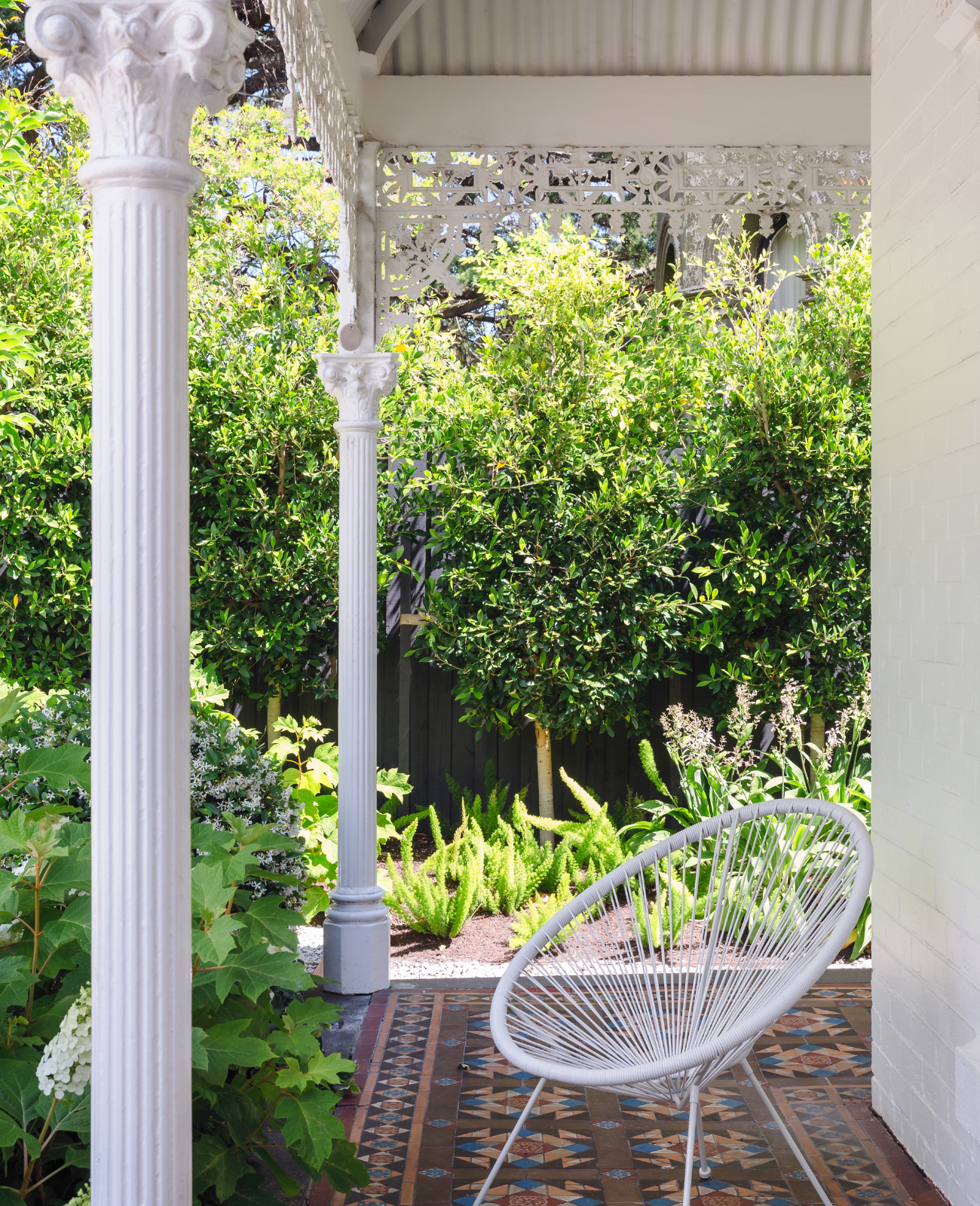
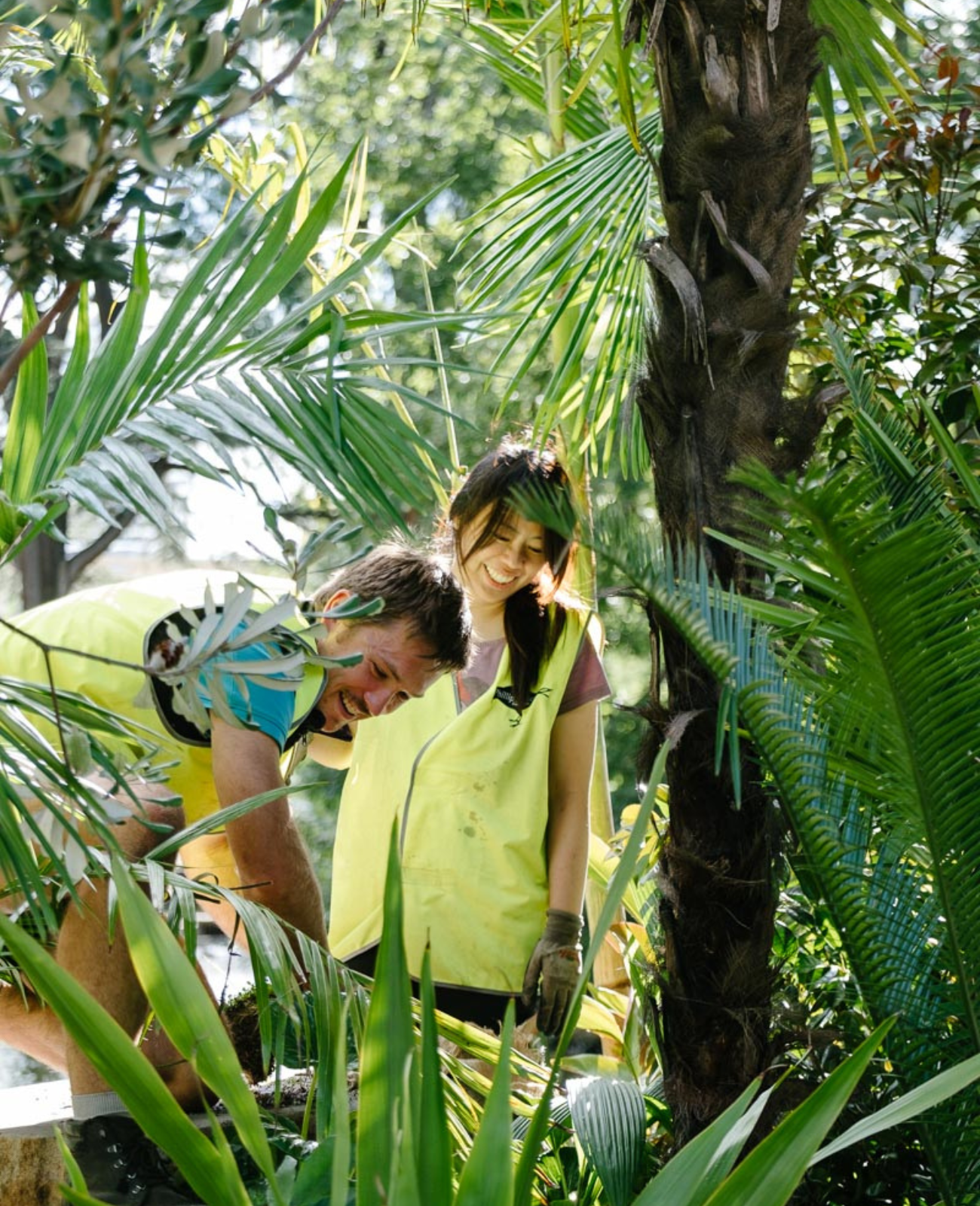
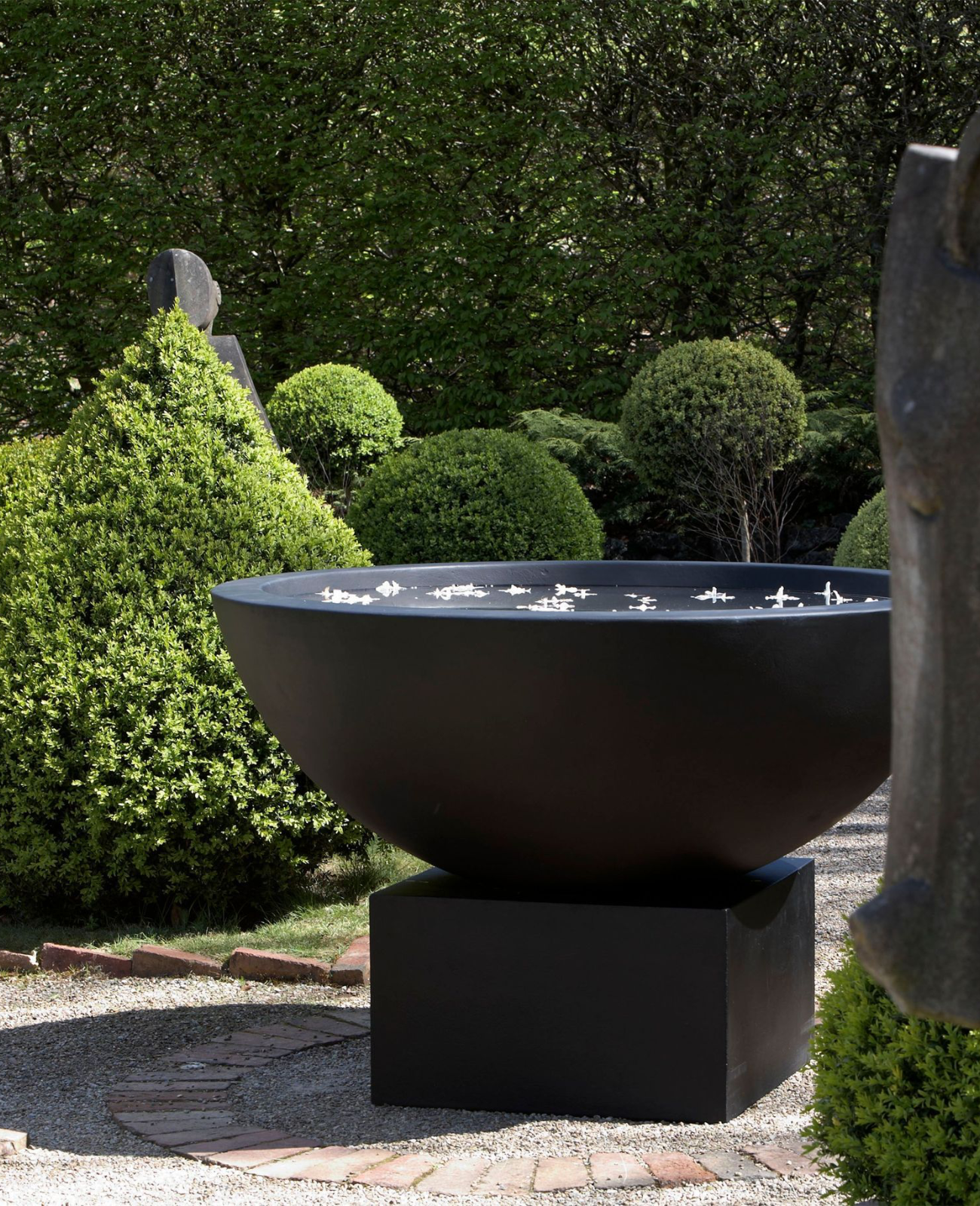
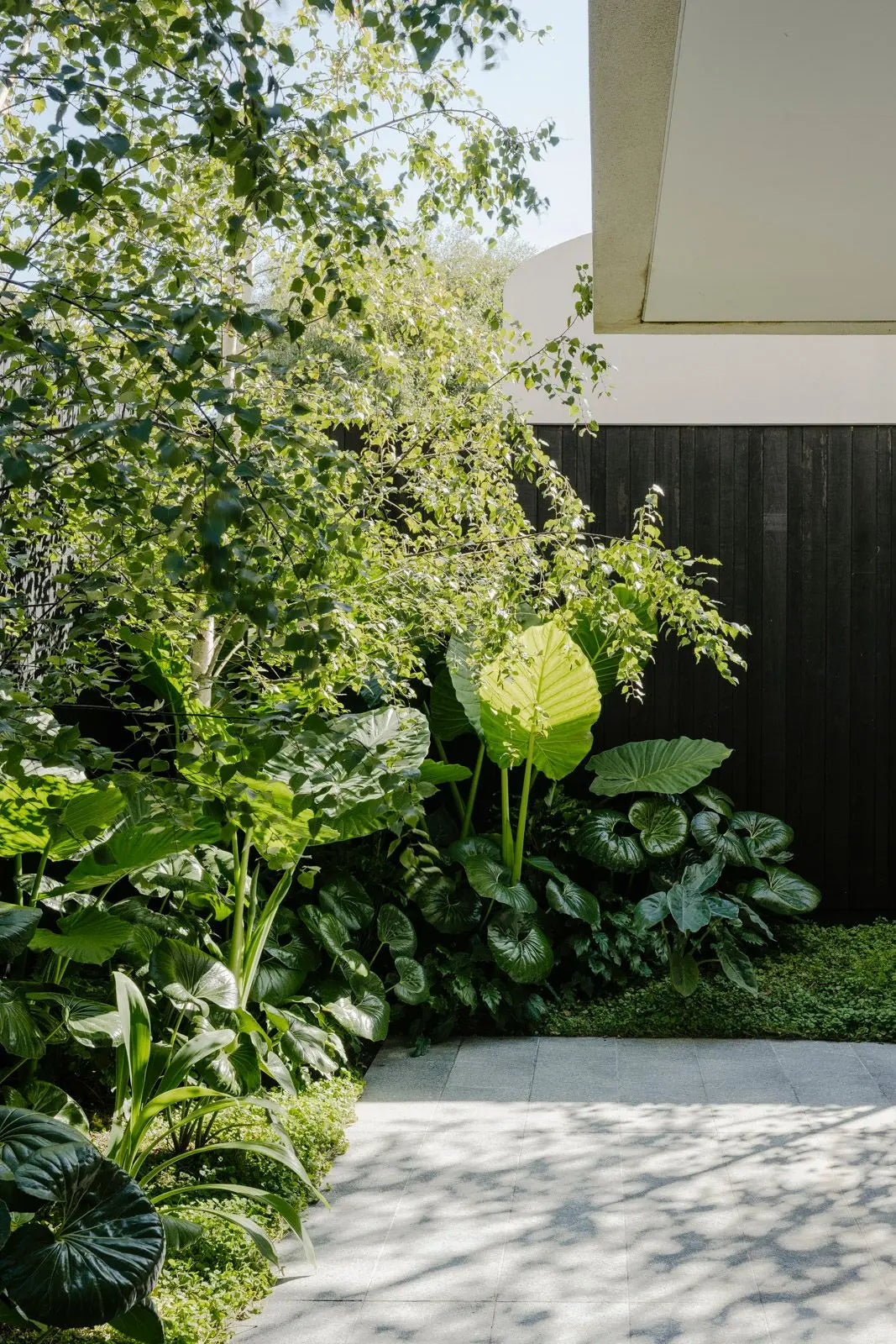
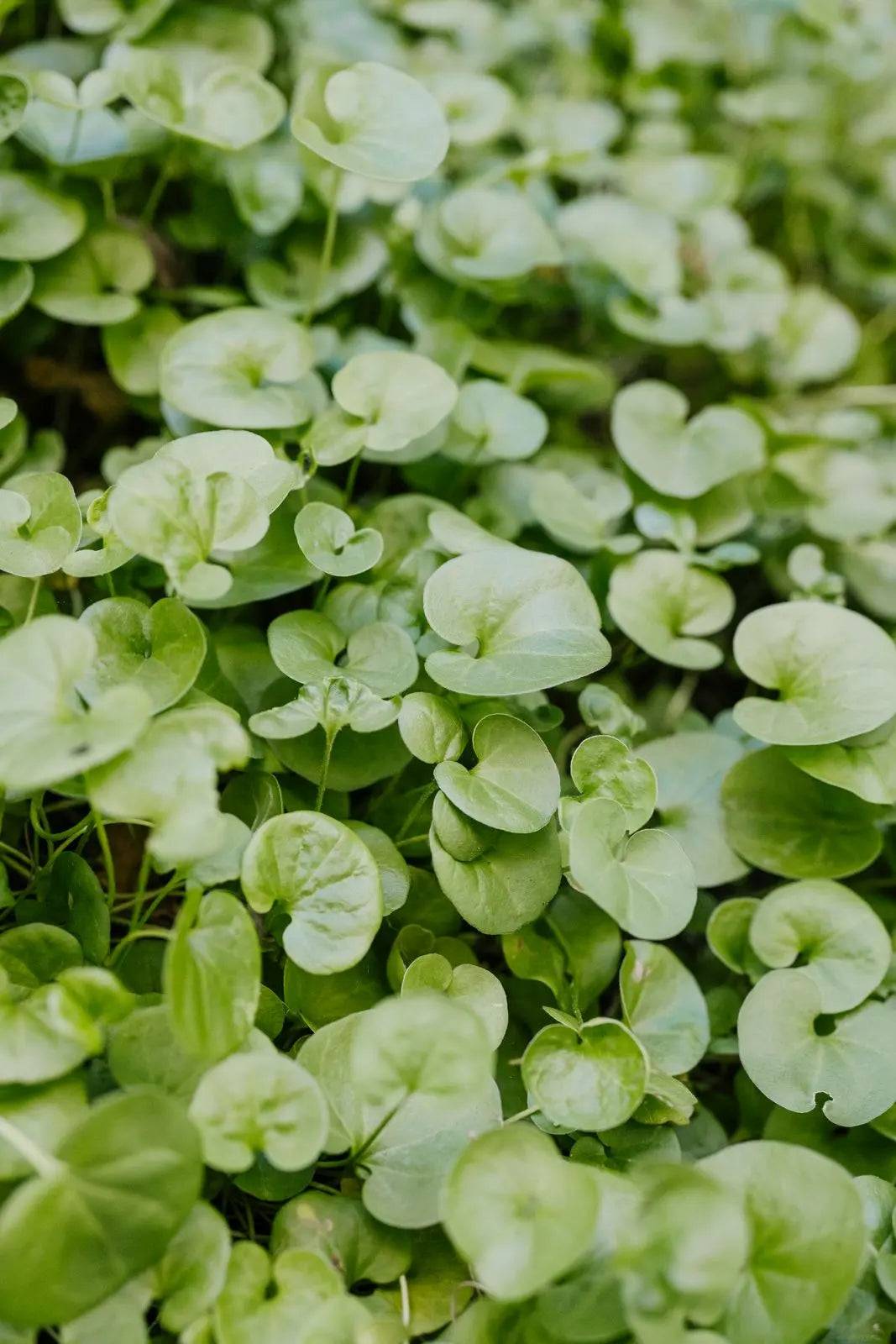
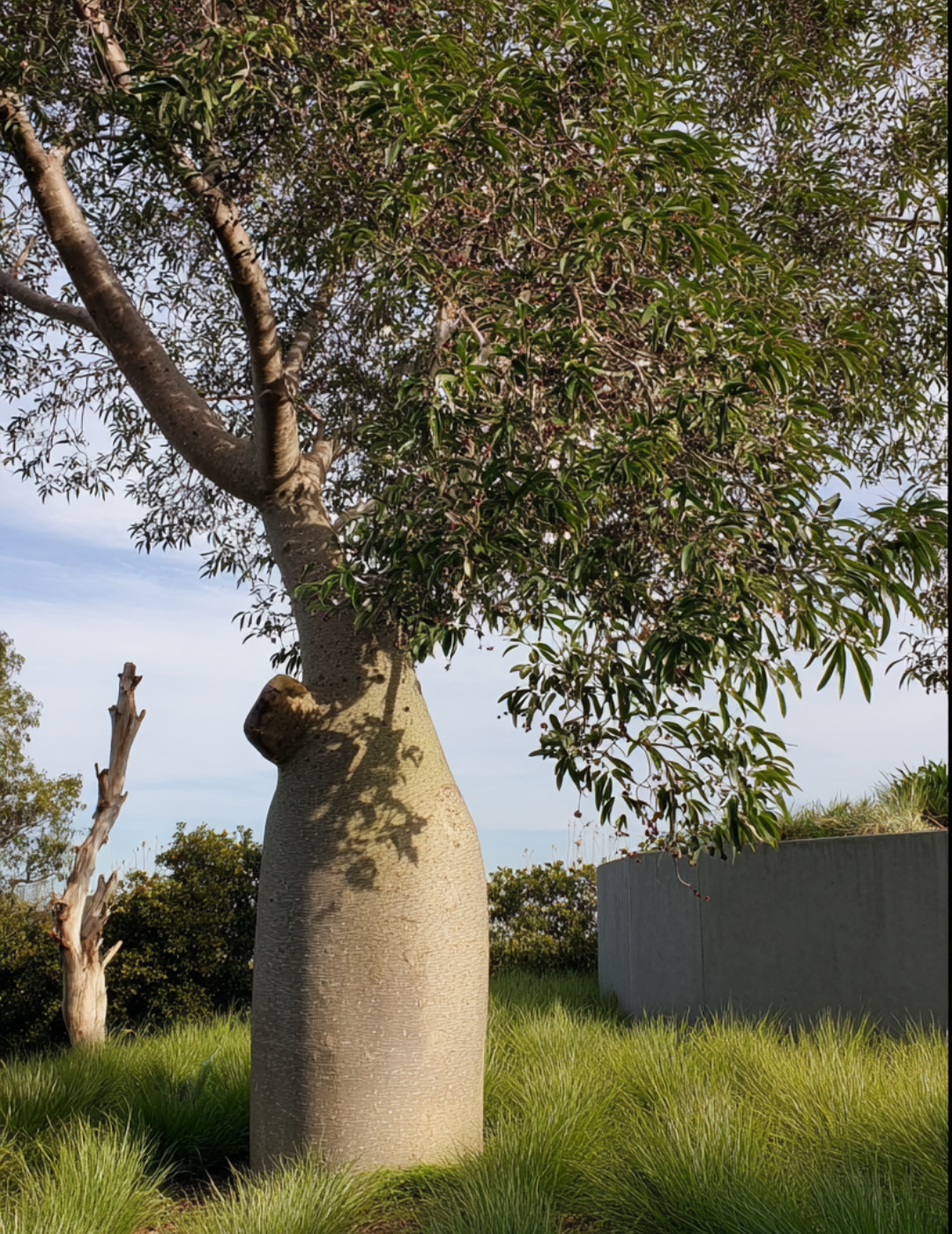
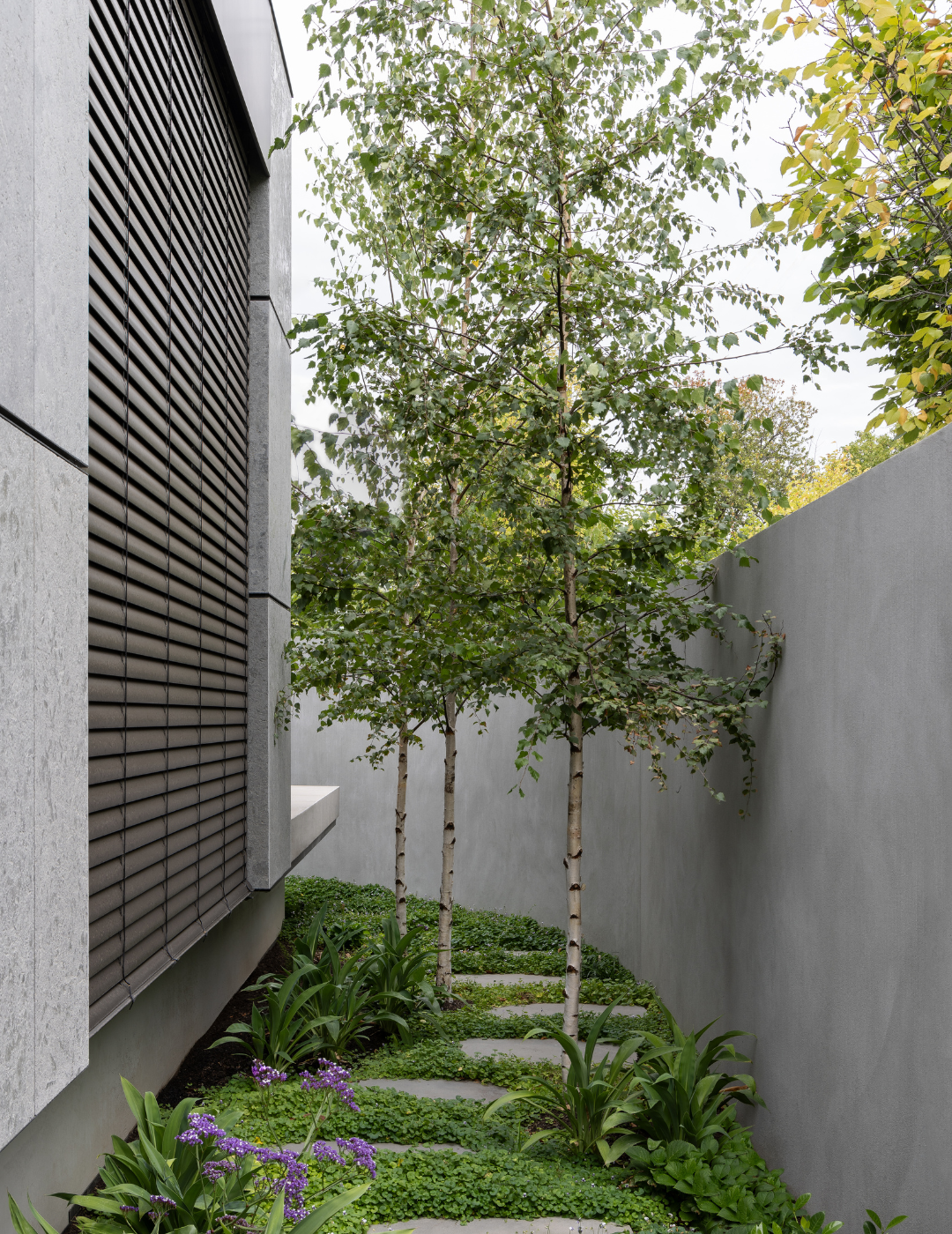
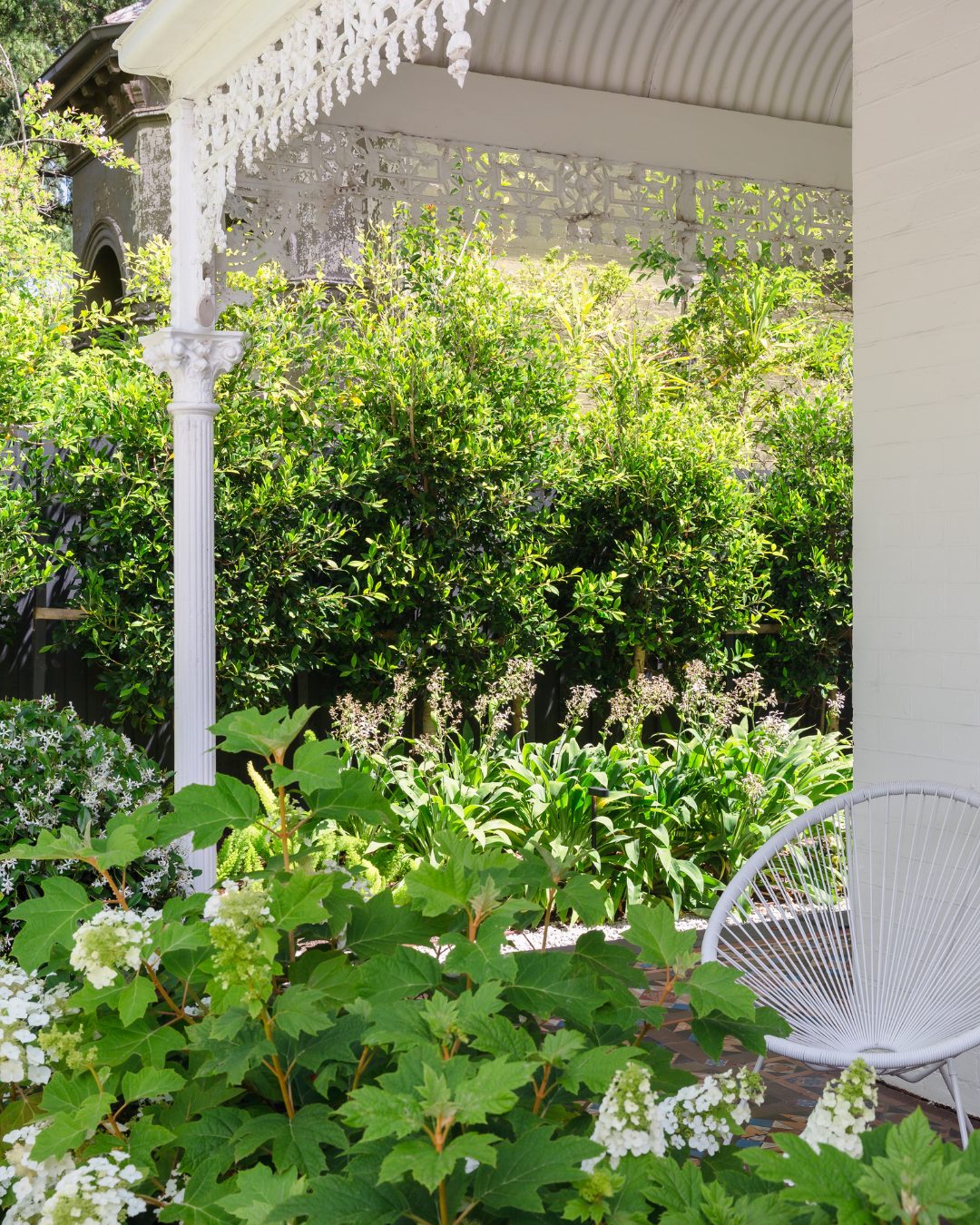
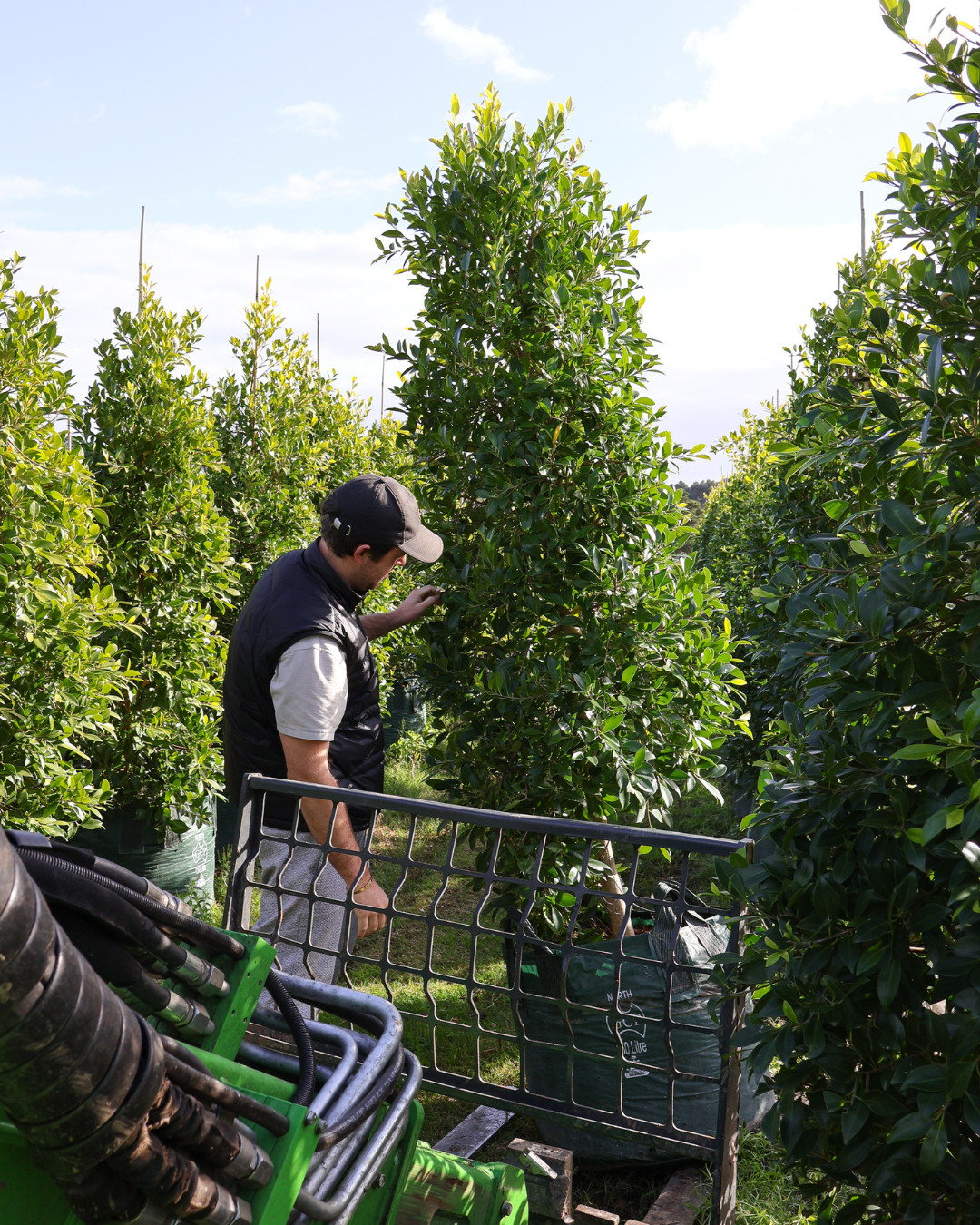
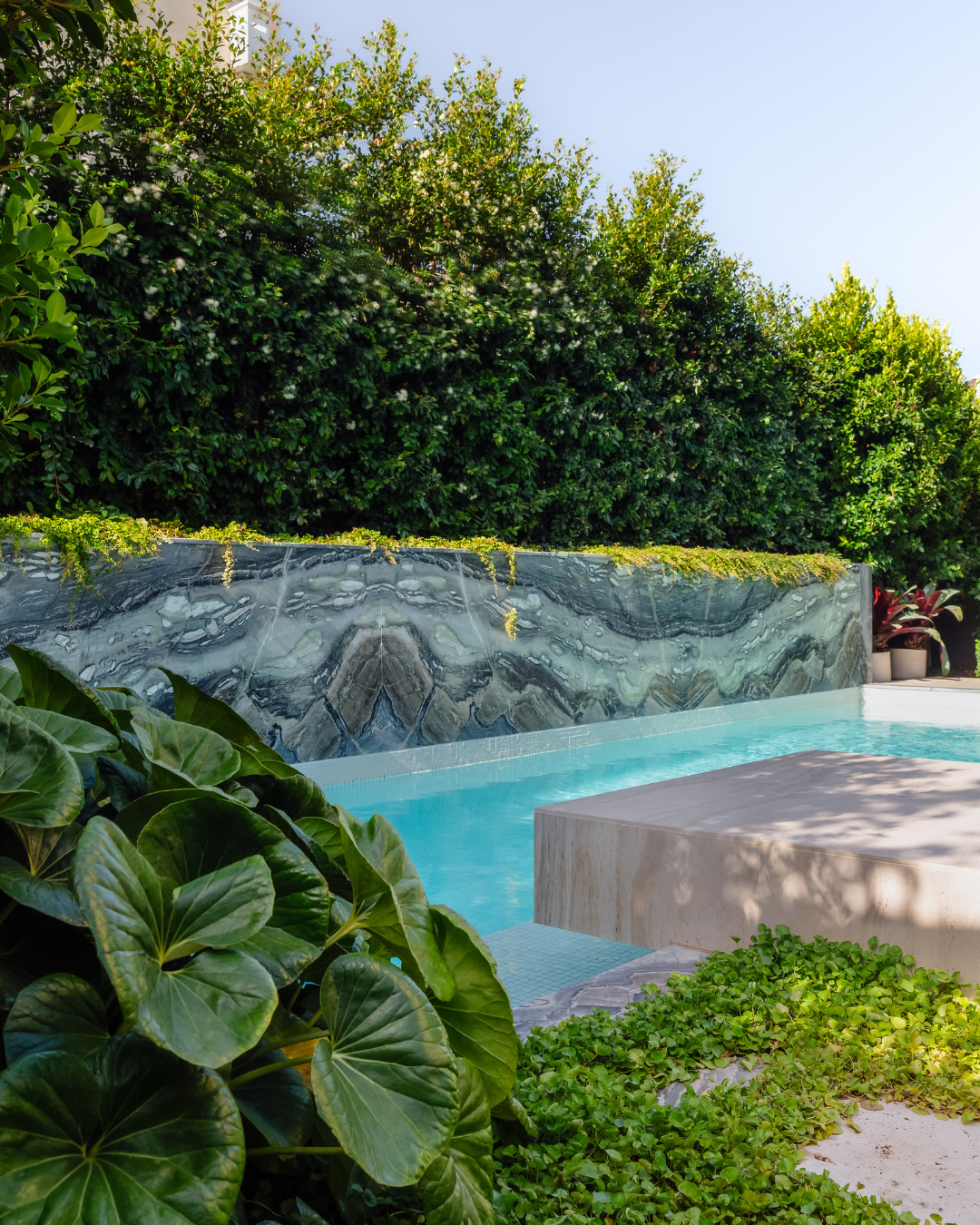

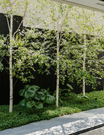
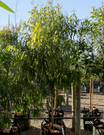
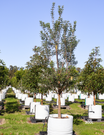
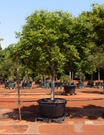

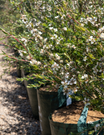

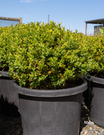


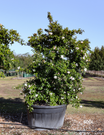
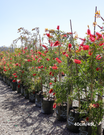
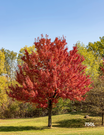
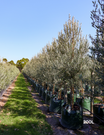
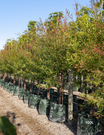
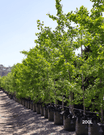
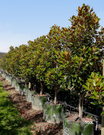
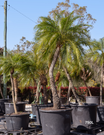
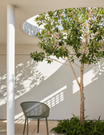
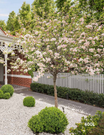
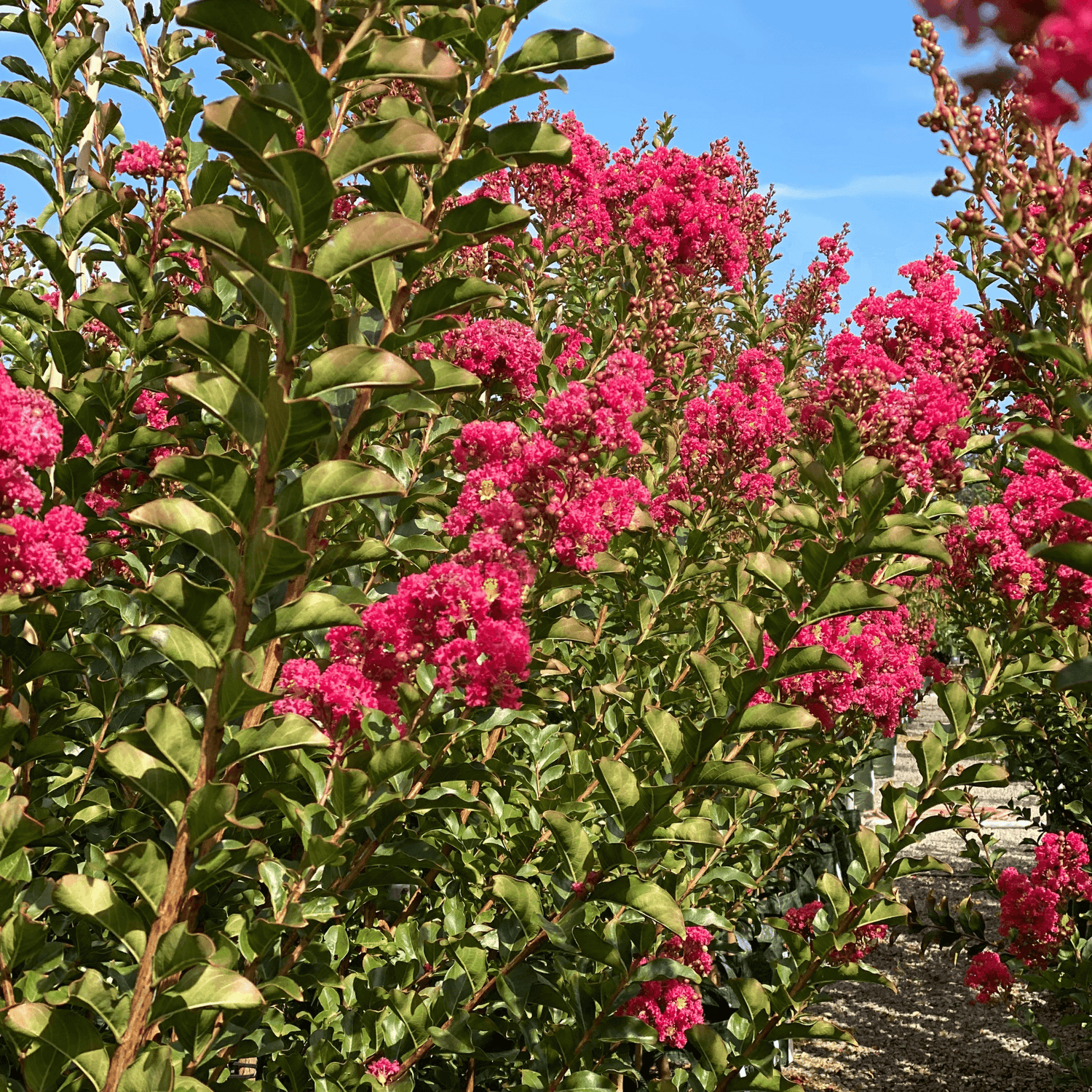

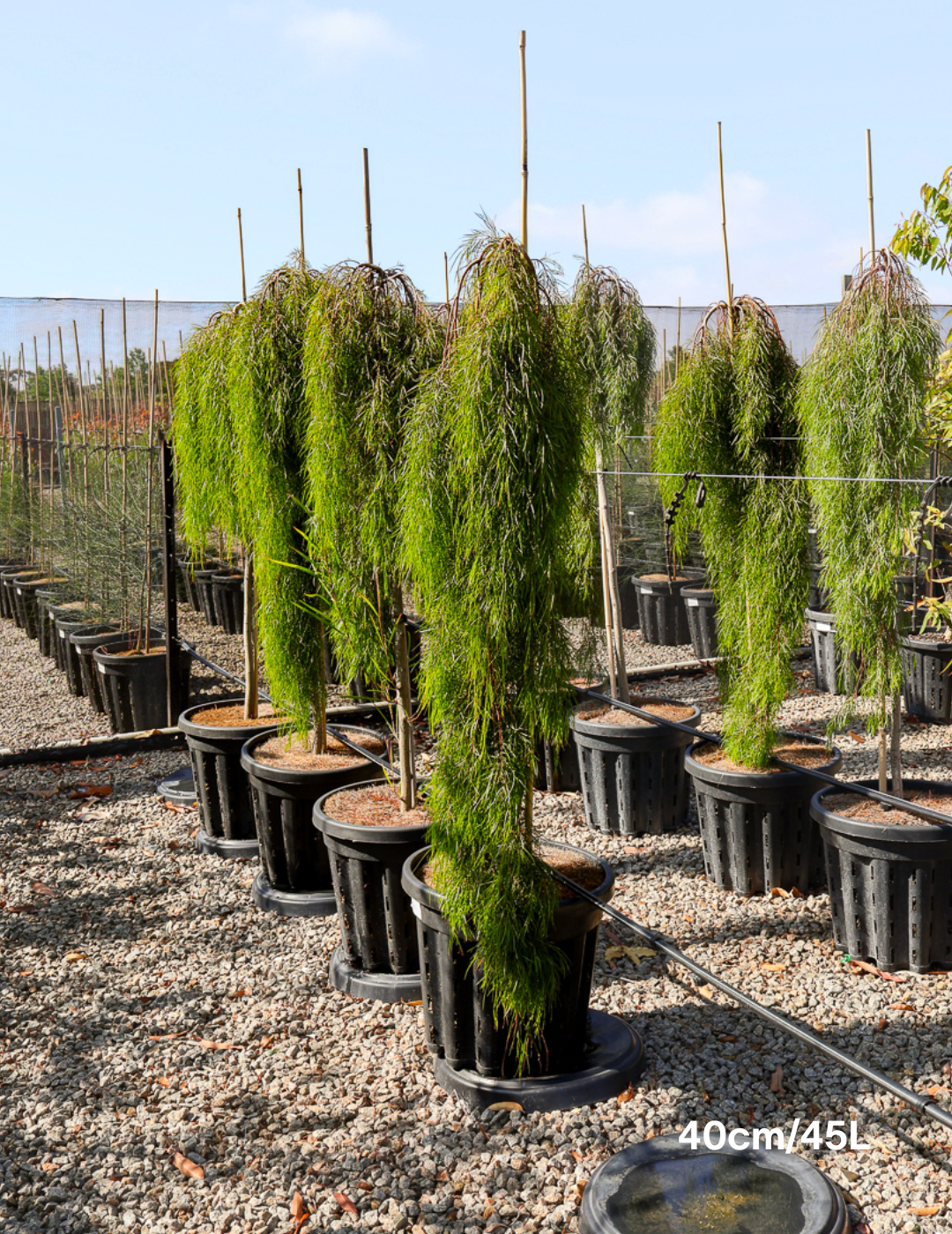
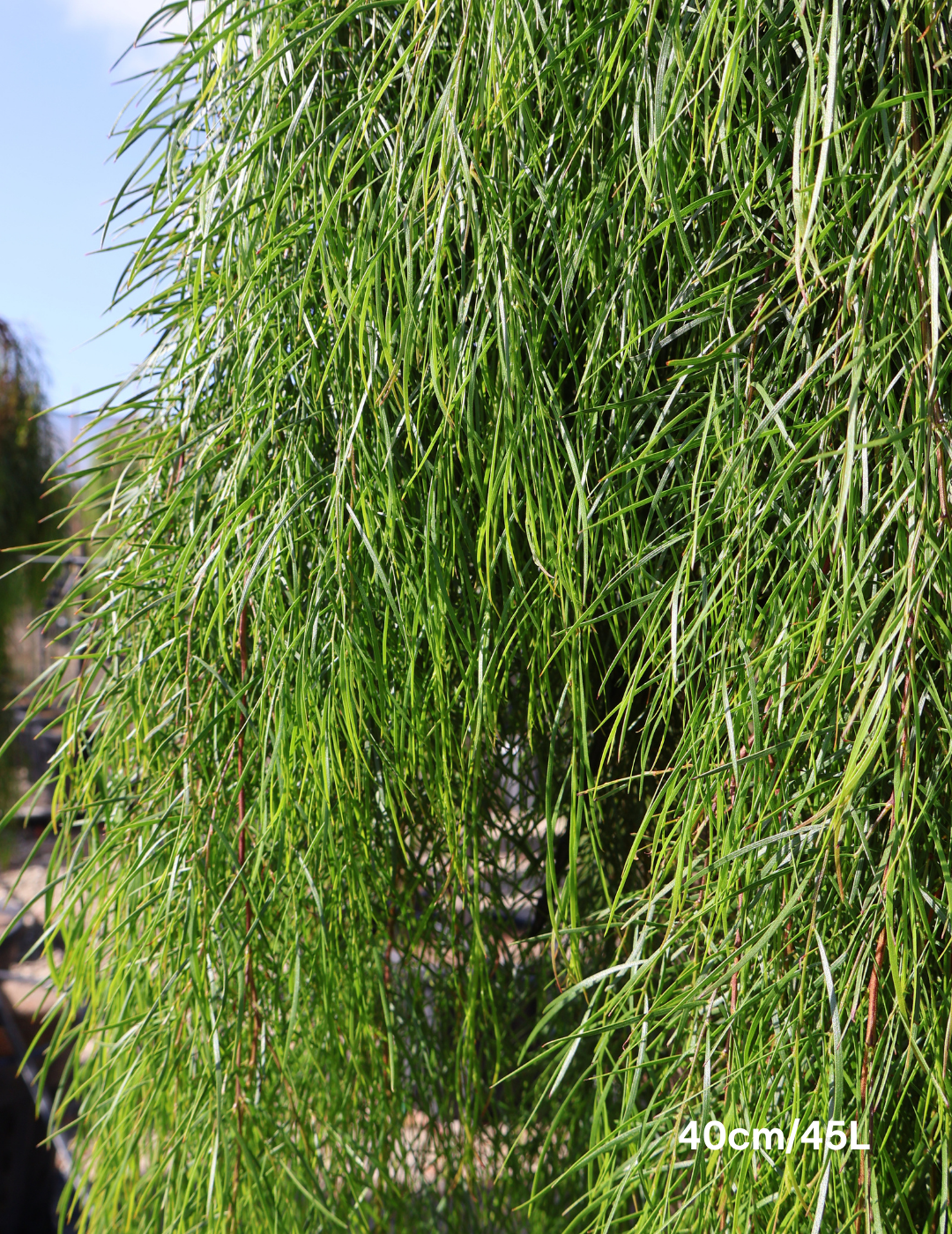
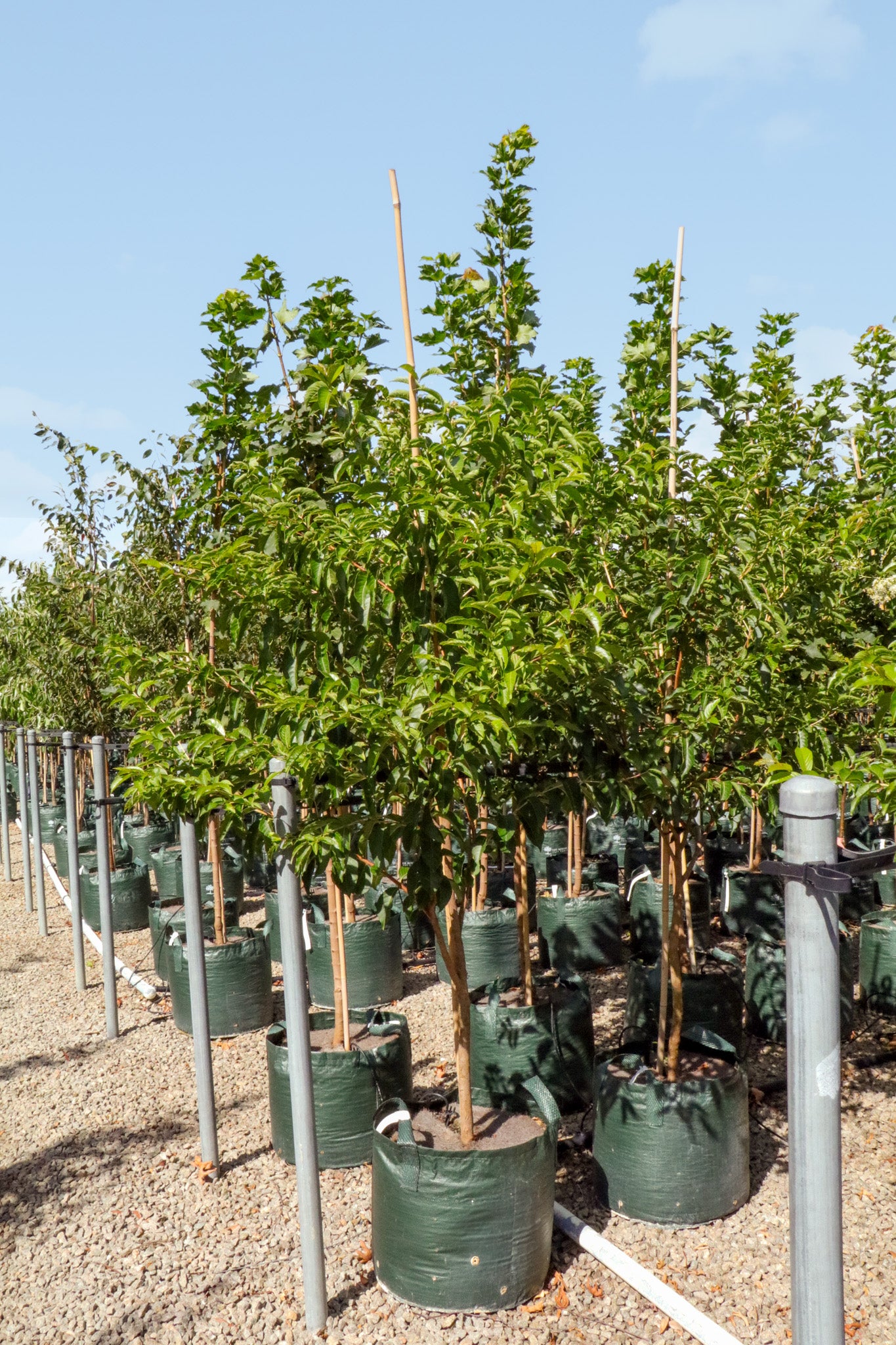
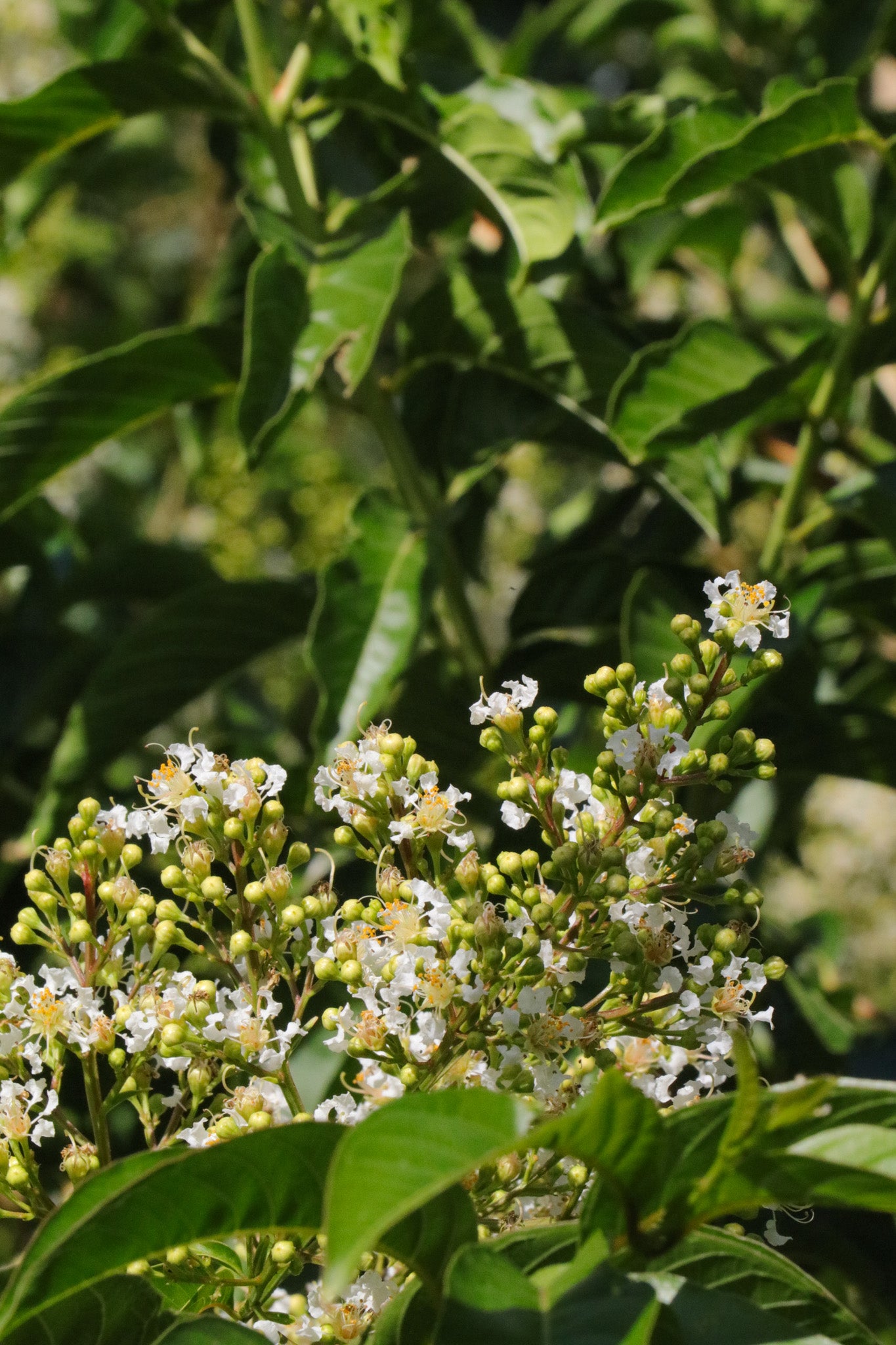
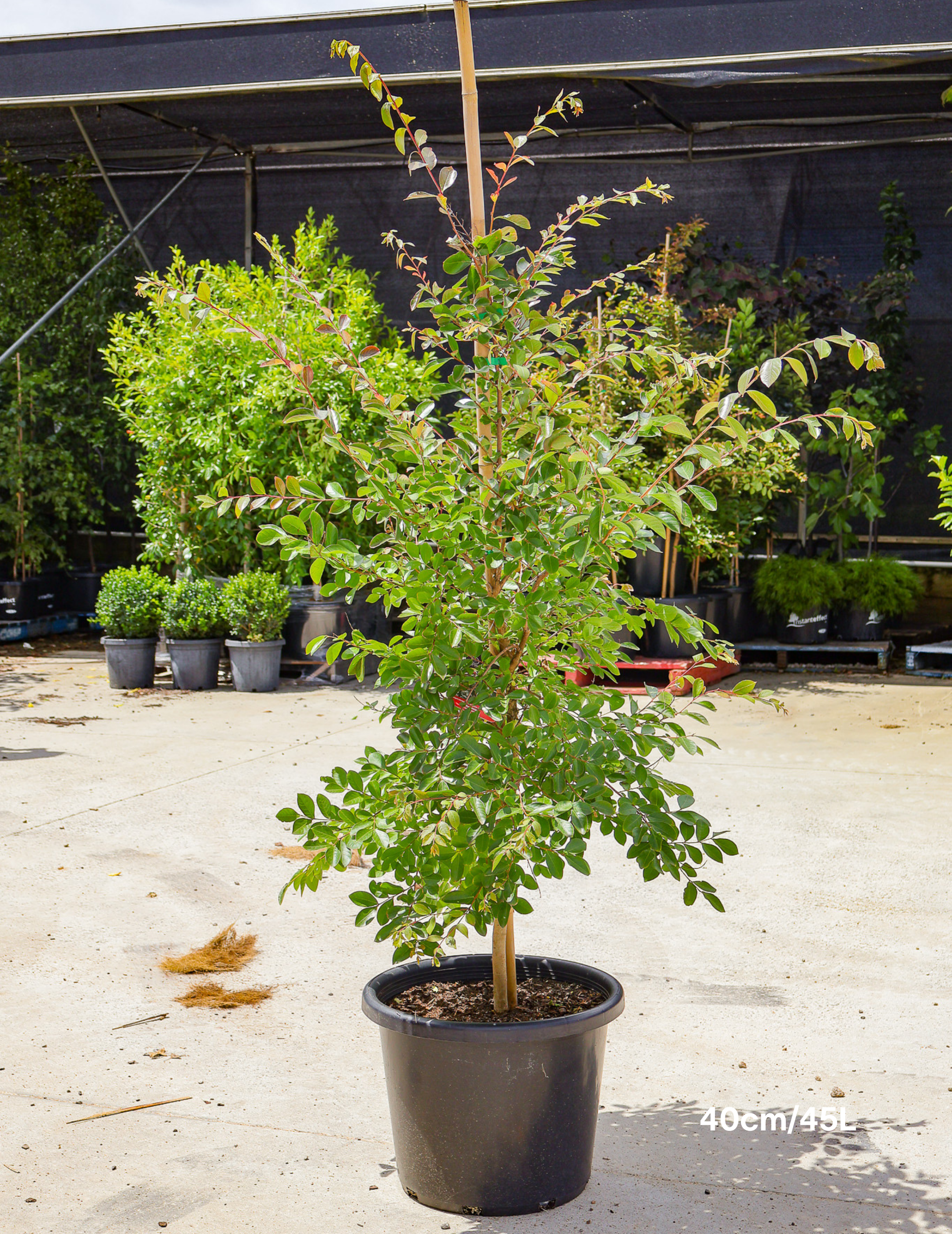
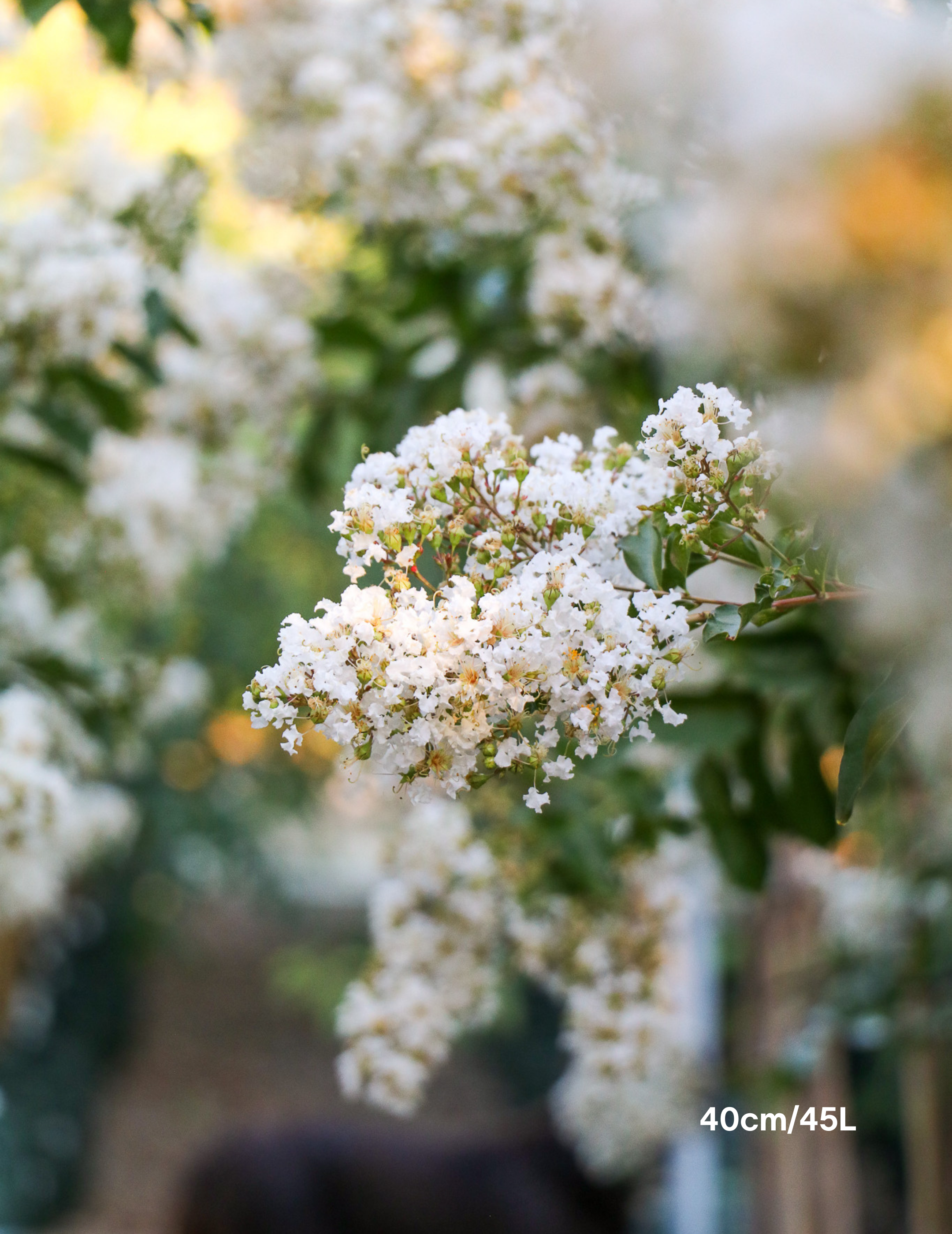
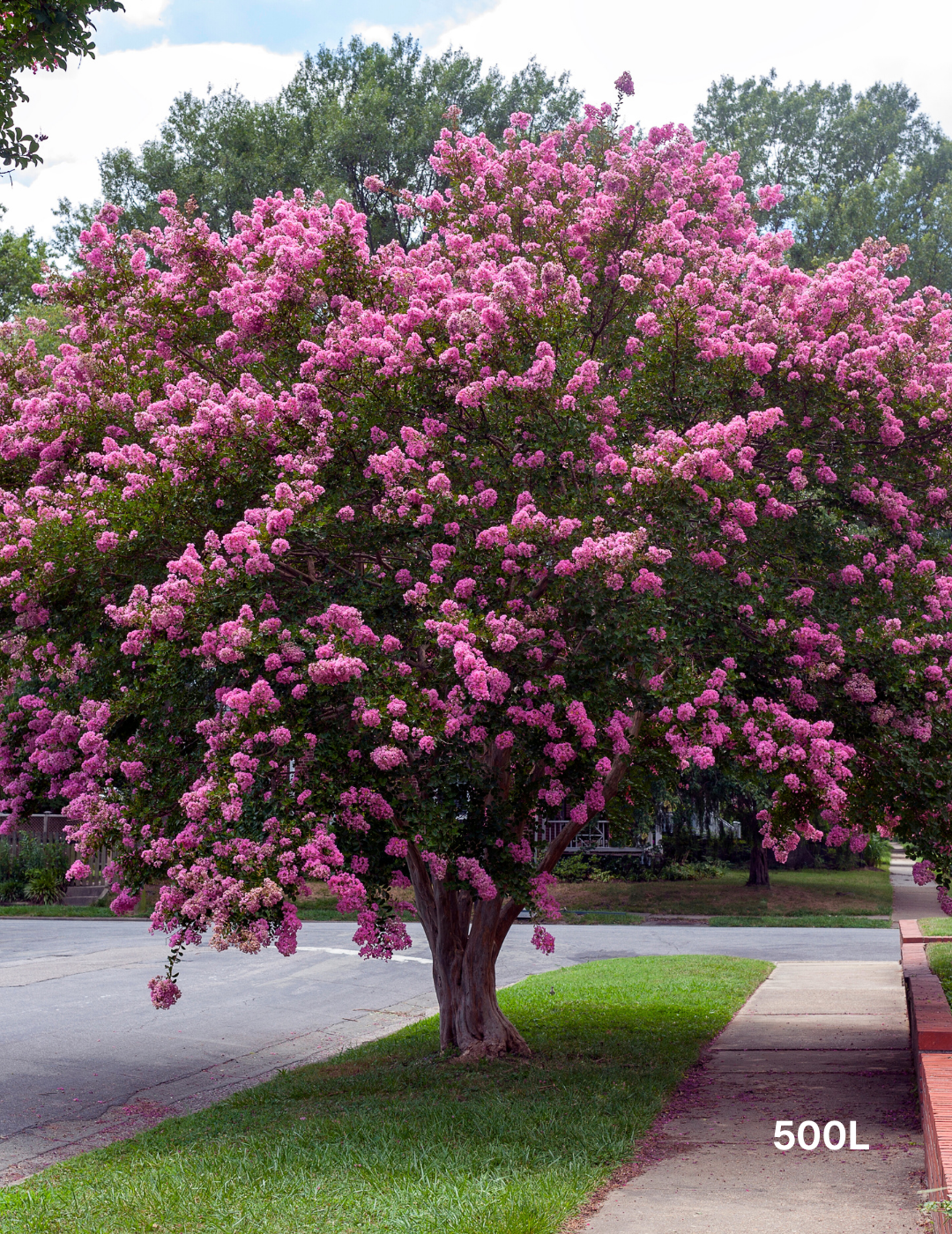
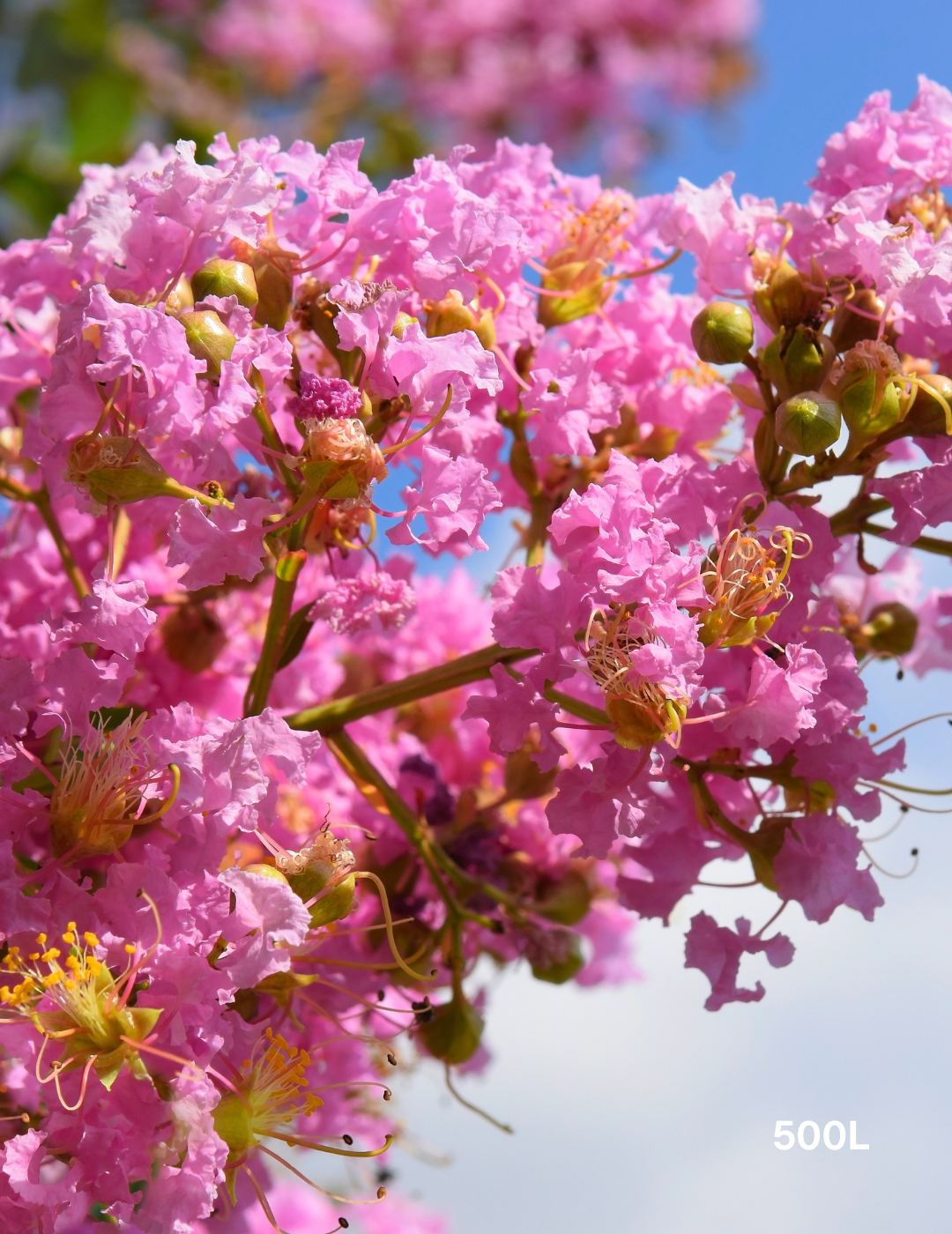
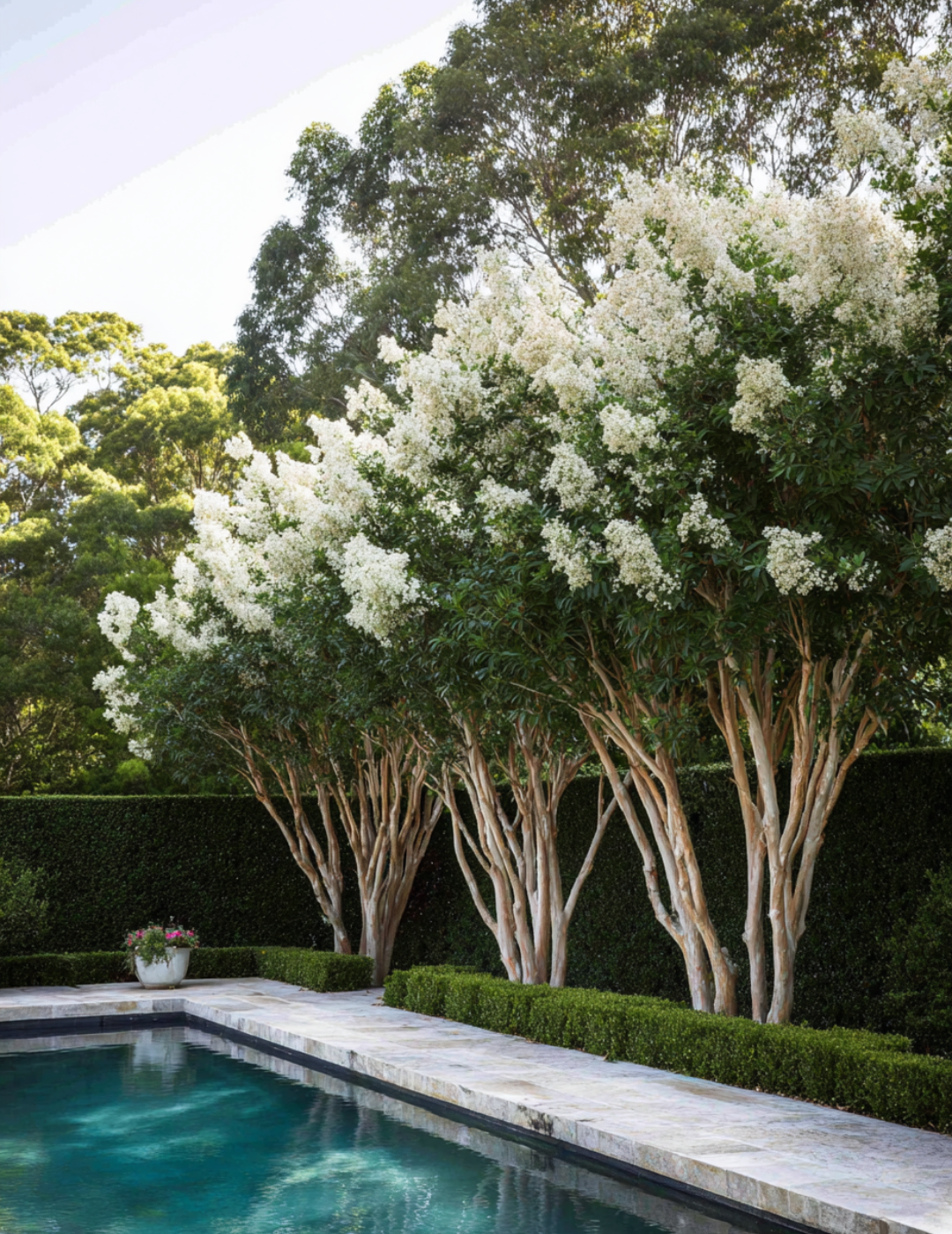
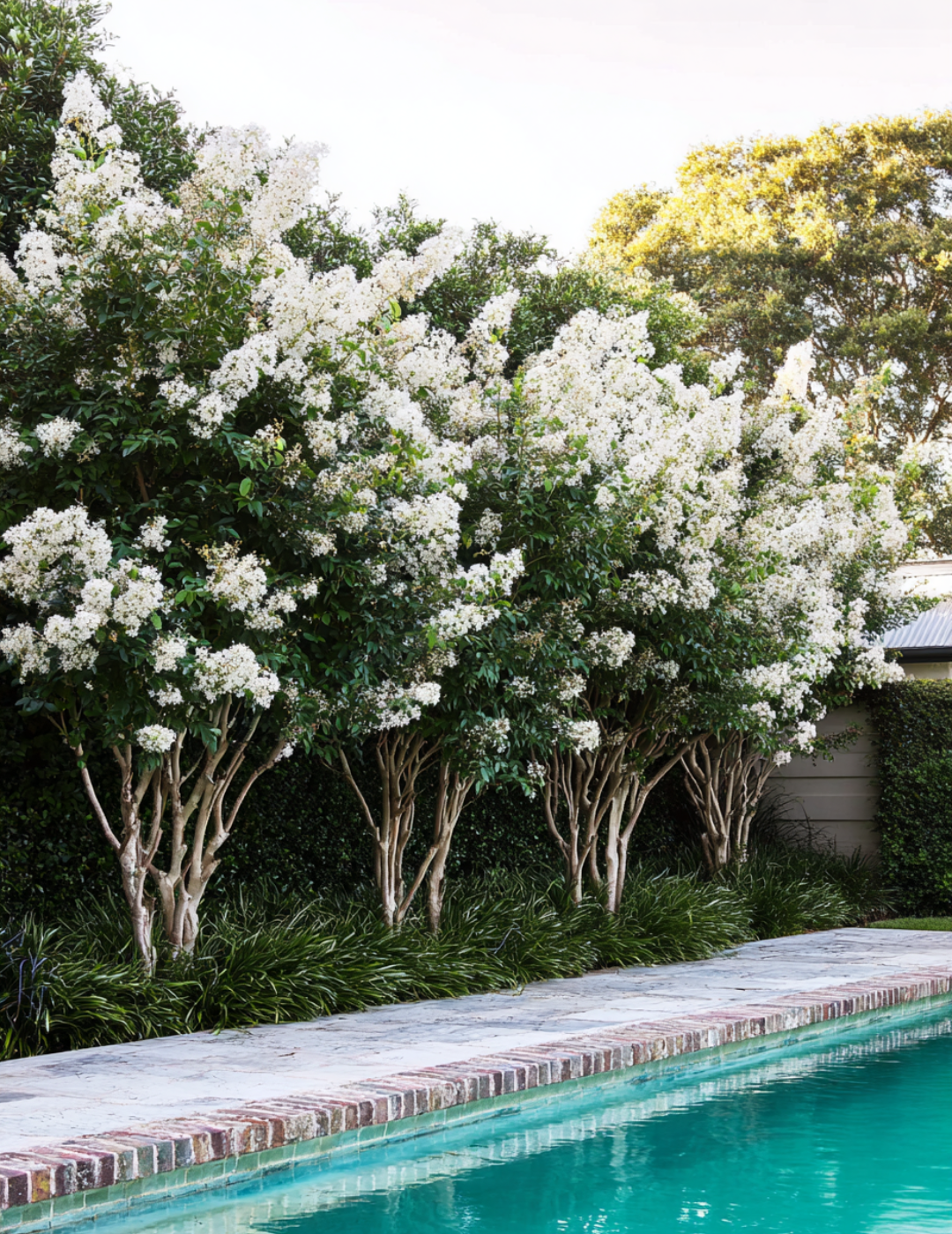
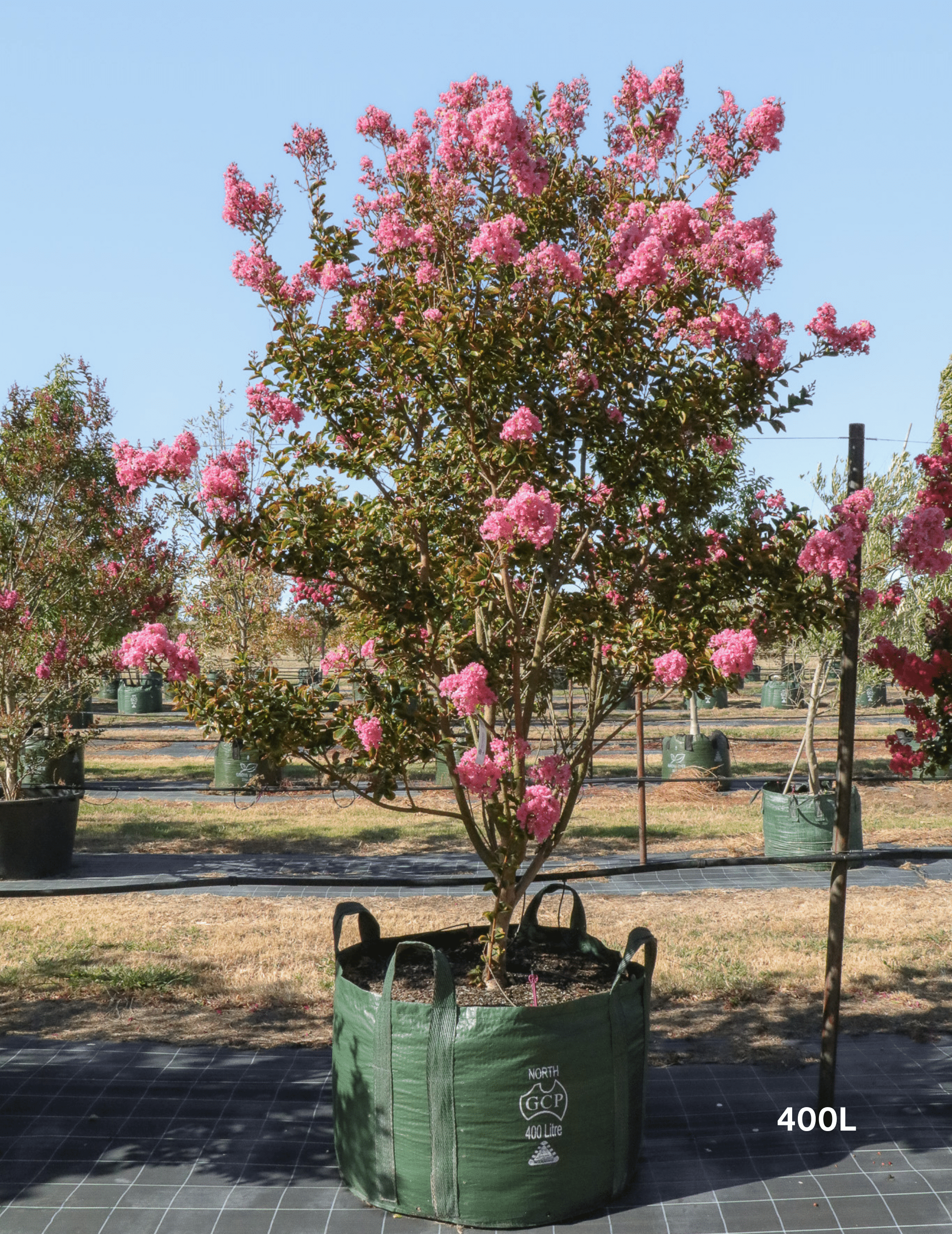
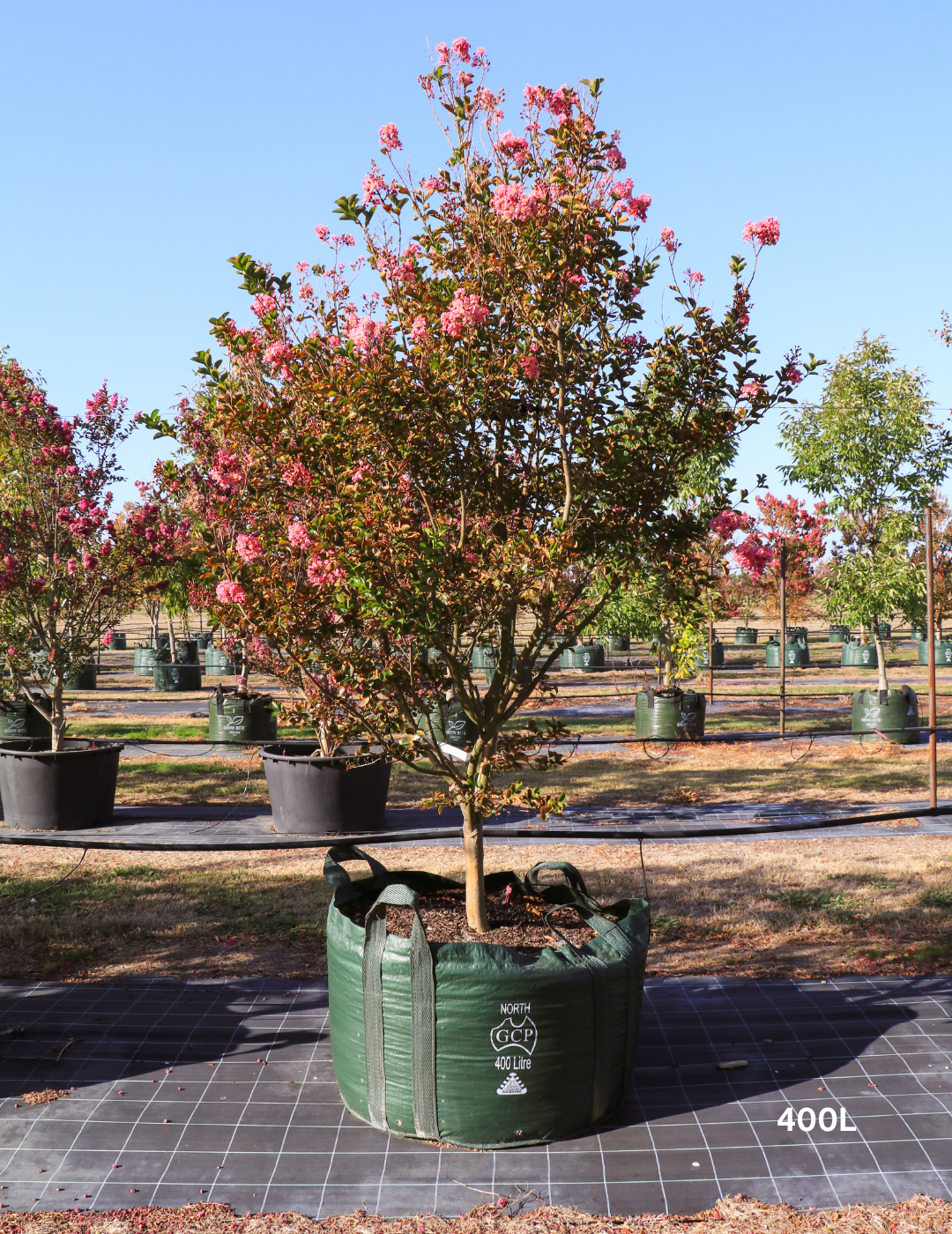
4 comments
Keryn Conners
My Crepe Myrtle’s looked spectacular last year (their first year). They have since gone black with brittle branches and no sign of new foliage now that it’s spring. Everything else is bursting to life. Any ideas? Thankyou
Sylvia
Hi there. Any idea why my 6 year old crepe myrtles have suddenly got yellow spot on the tops of the leaves and they are now dropping them. We are in early spring in south australia and some of the buds are also blackening and dropping off.
Denise Parkinson
Will they grow in large pots ?
Shelley
Hello, I am confused when it comes to Crepe Myrtles they are on your site and it says they are evergreen but it also says they are deciduous? I always thought they lost their leaves in Australia in winter which makes them deciduous? Do you have an evergreen variety?
Kind regards
Shelley
Leave a comment
This site is protected by hCaptcha and the hCaptcha Privacy Policy and Terms of Service apply.